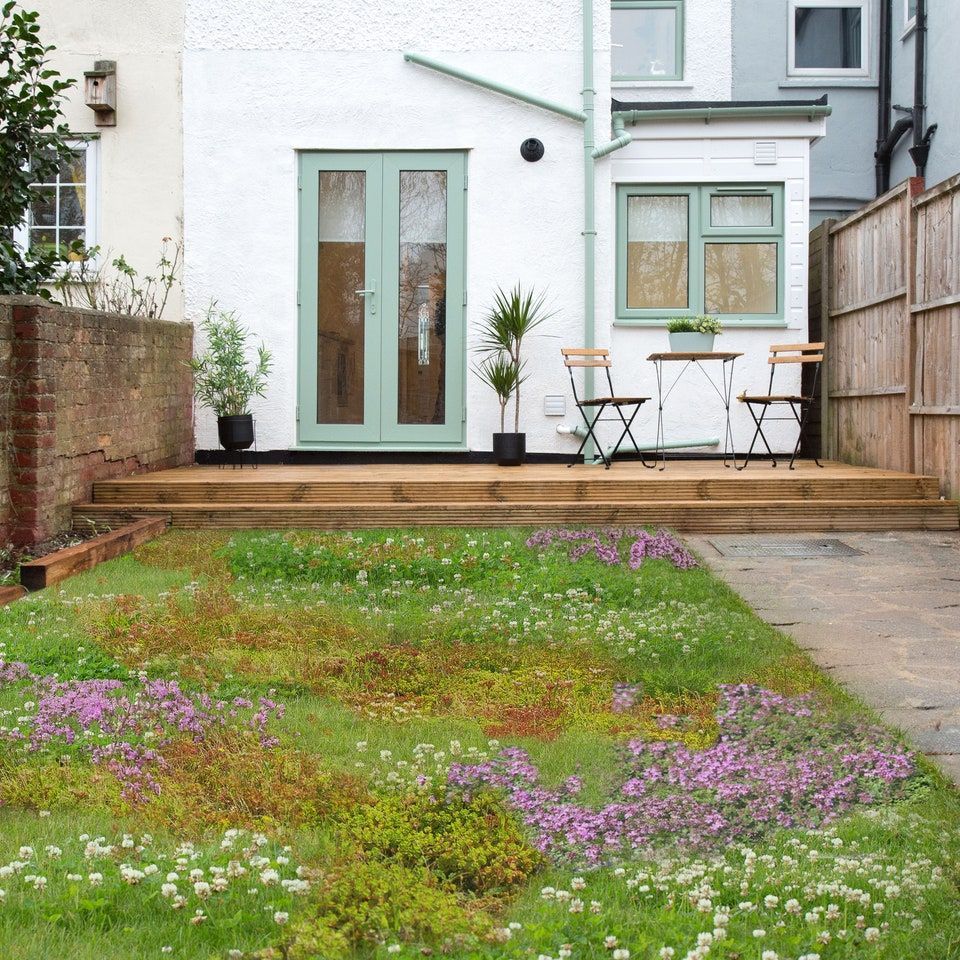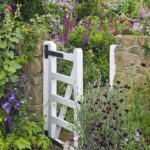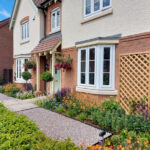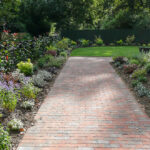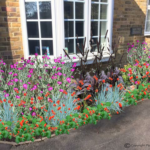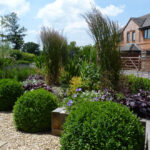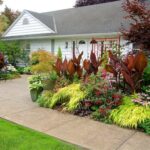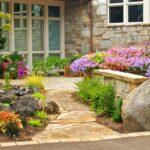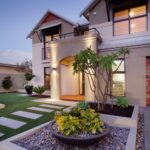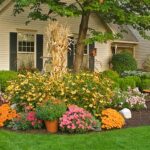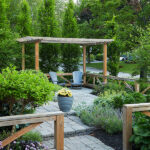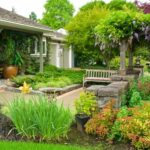Having a well-designed front garden can greatly enhance the overall look and feel of your home. There are numerous factors to consider when planning the layout of your front garden, including the size and shape of the space, the style of your home, and your personal preferences. By focusing on key design elements, you can create a front garden that is both visually appealing and functional.
One important aspect of front garden design is the use of plants and landscaping. Choosing the right plants for your front garden can help create a cohesive and harmonious look. Consider the climate and soil conditions in your area, as well as the amount of sunlight your front garden receives, when selecting plants. Incorporating a mix of trees, shrubs, flowers, and grasses can add texture and color to your front garden.
In addition to plants, hardscaping elements such as pathways, driveways, and patios play a crucial role in front garden design. These features not only provide functional benefits, but also help create visual interest and define different areas of the front garden. Materials such as stone, brick, wood, and concrete can be used to create pathways and other hardscaping elements that complement the style of your home.
Another important consideration in front garden design is the overall layout and organization of the space. Creating defined borders and boundaries can help give your front garden a polished and well-maintained look. Utilizing symmetry and balance in your design can also help create a sense of order and cohesion. Think about how you want to use the front garden space, whether it’s for entertaining, gardening, or simply relaxing, and plan accordingly.
Lighting is another key aspect of front garden design that is often overlooked. Proper lighting can not only make your front garden safer and more welcoming, but also highlight key features and create ambiance. Consider using a mix of outdoor lighting fixtures such as sconces, spotlights, and pathway lights to illuminate your front garden and showcase its beauty.
Lastly, don’t forget to consider the maintenance needs of your front garden when designing the space. Choose plants and materials that are well-suited to your climate and require minimal upkeep. Incorporating low-maintenance landscaping features such as native plants and drought-tolerant species can help reduce the amount of time and effort required to keep your front garden looking its best. By carefully considering all of these design elements, you can create a front garden that enhances the beauty and curb appeal of your home.
